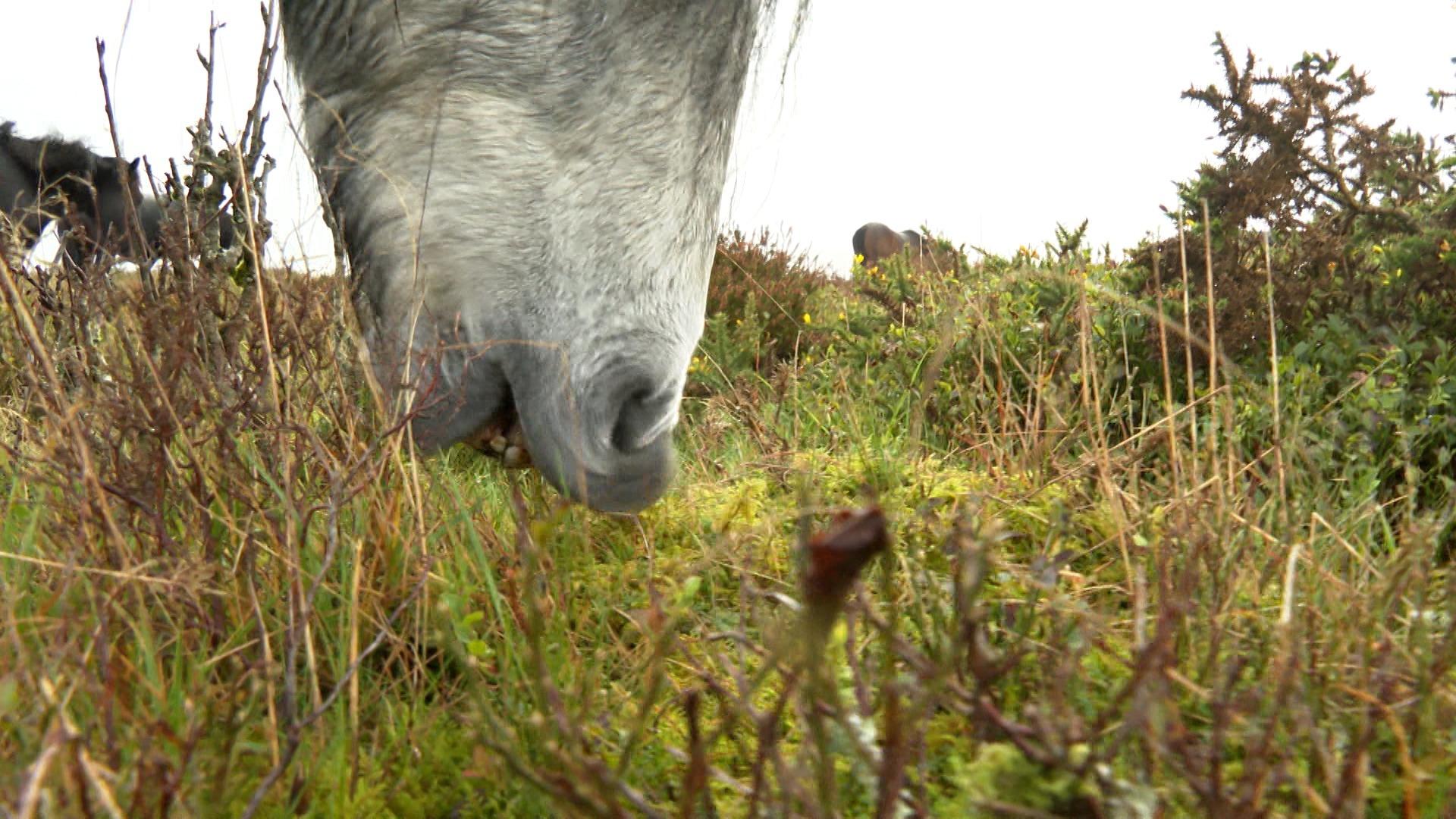
Dartmoor’s Silent Collapse: Where the Wild Things Were
Today I want to talk about a place many of us hold close to our hearts — Dartmoor. A vast, iconic landscape in the southwest of England, Dartmoor has long been hailed as a wild escape, a stronghold of nature with its windswept moorlands, rocky tors, ancient burial mounds, and historic grazing rights. But something heartbreaking is happening here. Dartmoor, like many of our national parks, is dying — not metaphorically, but quite literally.
Once celebrated for its stunning biodiversity, Dartmoor is now a shadow of its former self. Walk across Hen Tor and you’ll find that the once-abundant purple heather is barely there. Tiny scraps cling to life, while dense carpets of bilberry have all but vanished. In their place? A monotonous sweep of grass, cropped too close by sheep, leaving little chance for recovery. It’s not just the plants that are disappearing — the birds that used to breed here, like the golden plover, red grouse, and ring ouzel, are now either gone or on the brink of local extinction.
The problem runs deeper than just grazing. This landscape — legally protected and designated as a Site of Special Scientific Interest (SSSI) — is now largely in unfavourable condition. Natural England’s latest assessment shows only 0.1% of Dartmoor’s protected land is considered healthy. That's a devastating figure. Peatlands are degraded, moor grasses dominate like invasive species, and peat hags — deep, eroded scars in the land — stretch across hills once home to vibrant ecosystems.
What’s worse is that much of this decline is hidden behind the scenic beauty. Tourists admire the tors and the views, but don’t see what’s missing. And that’s the crux of it — we’re mistaking geology for ecology. As nature campaigner Guy Shrubsole puts it, “We’re admiring rocks, not life.”
Also Read:- Violent Thunderstorms Paralyze Quebec with Floods, Evacuations, and Power Outages
- Mark Carney Faces the Trump Dilemma: Concession or Strategy?
Sheep, cattle, and ponies still roam the commons, as they have for generations. But overgrazing, particularly in winter, has taken a heavy toll. With 850 commoners having rights to graze livestock, the balance between tradition and conservation has tipped — hard. And while conservation authorities like the National Trust acknowledge the crisis, their hands are tied by a failing system that prioritises economic use over ecological recovery.
The 2024 report by Campaign for National Parks shows just 6% of England and Wales’ national park land is managed effectively for nature. Even more concerning, not one UK national park meets the international definition of a protected area.
Legal action is now in motion. Wild Justice recently took the Dartmoor Commoners’ Council to court, arguing it has failed to limit overgrazing or enforce environmental responsibilities. The judgment is still pending, but pressure is mounting for real accountability.
Ironically, the most biodiverse patches of Dartmoor today are found near car parks or rocky crags — small areas sheep can’t reach. These fragments offer a glimpse of what Dartmoor could return to. Tiny shoots of heather still emerge, suggesting restoration is possible. But the window is closing fast.
This isn’t just Dartmoor’s story — it’s a nationwide one. Our national parks are failing in their fundamental duty to protect nature. If we don’t act soon, we won’t just lose heather or curlews — we’ll lose the soul of places like Dartmoor. And one day, we may find ourselves standing on the moor, admiring the rocks, asking where the wild things went.
Read More:



0 Comments